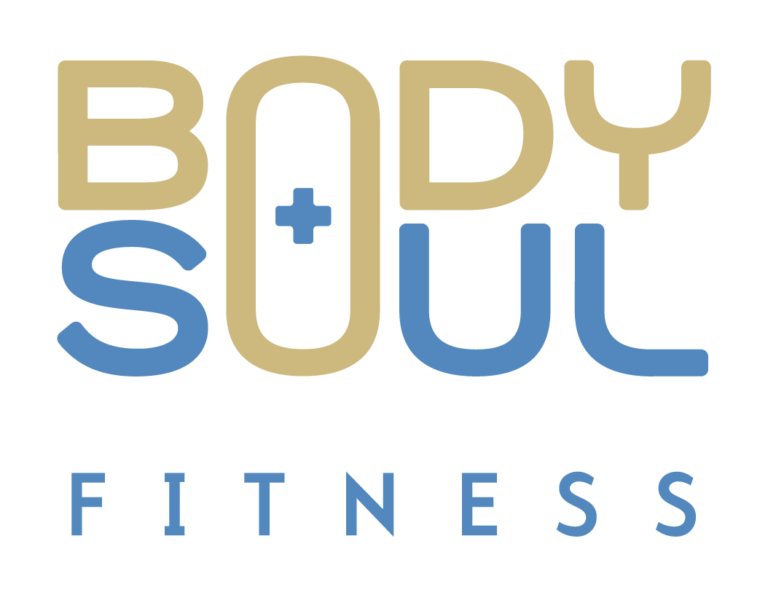Hey everyone, welcome back. In this section we will cover some programming concerns you can add to your own workout routine to aid in helping the foot.
Keep in mind for all of these programming concerns they are best used in conjunction with a corrective recipe designed by a qualified trainer or physiotherapist. Nonetheless, let’s get started.
Exercise Programming Considerations: Normal Arch
The best way to generate impactful changes to your foot and ankle, in your exercise programs, is to offset the load to one side, or to introduce single leg exercises that challenge the muscles in the foot.
First, if you’ve found that you’re dealing with a normal arch, a well-rounded exercise program that doesn’t favor a focus on the inside or outside of the foot will serve you best. You don’t want to create a structural imbalance that isn’t there. In genral, opt for double leg, hip width exercises that won’t put unnatural stresses on the arches of the foot.
Exercise Programming Considerations: Flat Arch
If you’re dealing with flat arches and pronated ankles there are a few programming concerns you should be aware of. A couple of terms you should know are ipsilateral and contralateral loading. Ipsilateral means loading the side that is load bearing. I.e., standing on right your foot and holding the weight in the right hand.
Contralateral loading meaning of course, the opposite. A general rule of thumb is that with pronated ankles, and flat arches you should do ipsilateral exercises to bring the force of the exercise off the arch and toward the outside of the foot. Similarly, if doing double leg exercises, it’s better to avoid wide stance weight exercises such as sumo deadlifts or wide stance squats, as it forces the weight through the midline of the body and onto the arch. Instead, opt for a narrow stance. You may also want to avoid intense strength training as the heavy weight will inevitably will push the arches down. To recap:
- Do ipsilateral single leg exercises
- Use a narrow stance
- Avoid extreme heavy lifting, I.e., 1-6 repitions, unless you have proper arch support
Exercise Programming Considerations: High Arch
If you discover you have high arches, in your personal assessment, there are some programming concerns you should introduce to your program. First, limit motions that torque the ankle. People with high arches have weakened peroneal, which when not functioning will greatly increase the risk of sprains and twists. Exercises like basketball, tennis, soccer, and/or squash are potential hazards. Opposite of flat arches you should use a wide stance when doing exercises like deadlifts and squats, as it will add pressure to the midline of the arch and slowly allow them to fall over time. If doing running exercises, make sure to actively think about pushing off the big toe, don’t allow more pressure to build on the outside of the foot. Finally, if doing single leg exercise, opt for contralateral exercises. To recap:
- Limit ankle torquing exercises
- Use a wide stance
- Push off the big toe when running
- Do contralateral exercises
Introducing these principles to your routine will lead to more stable and effective workouts for the foundation of your body, the feet.

Andrew Maynard
Share This Post
The first step in understanding the critical role of the foot in fitness is having a general knowledge of the basic anatomy. Andrews discusses a few of the most important bones and ligaments in the foot and ankle, and their relation to your performance in the gym.
Join Andrew as he explores how to identify potential problem areas both in and surrounding the foot. A few of the areas he covers are: appropriate toe nail length, footwear, arches and ankle positions.
Identifying and understanding proper functionality in the feet, ankles and toes is important for maximizing your performance. Andrew shares programming considerations you can add to your workouts to aid in helping the foot and your overall performance.
Andrew wraps up the workshop on foot health and the role of the foot in fitness with a few final tips and thoughts you can apply in your day-to-day routine.
Andrew introduces the workshop on the role of the foot in fitness, and the topics he will focus on: basic anatomy, how to identify potential problem areas and program considerations. The workshop will ensure your feet are in the best shape possible to help you get closer to achieving your fitness goals.
